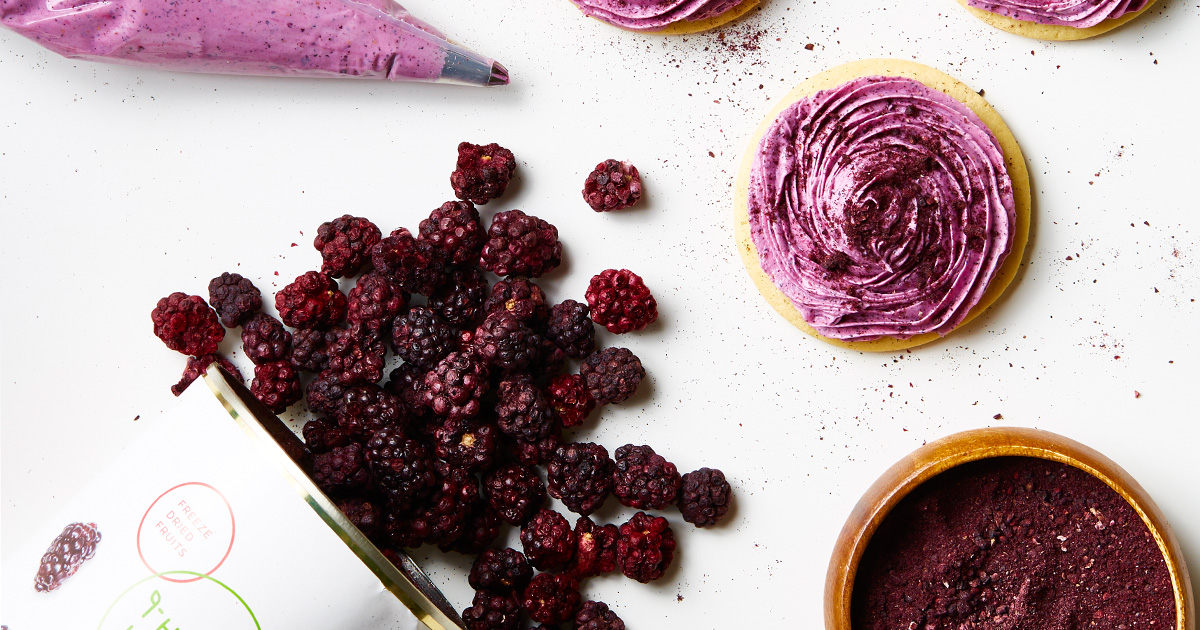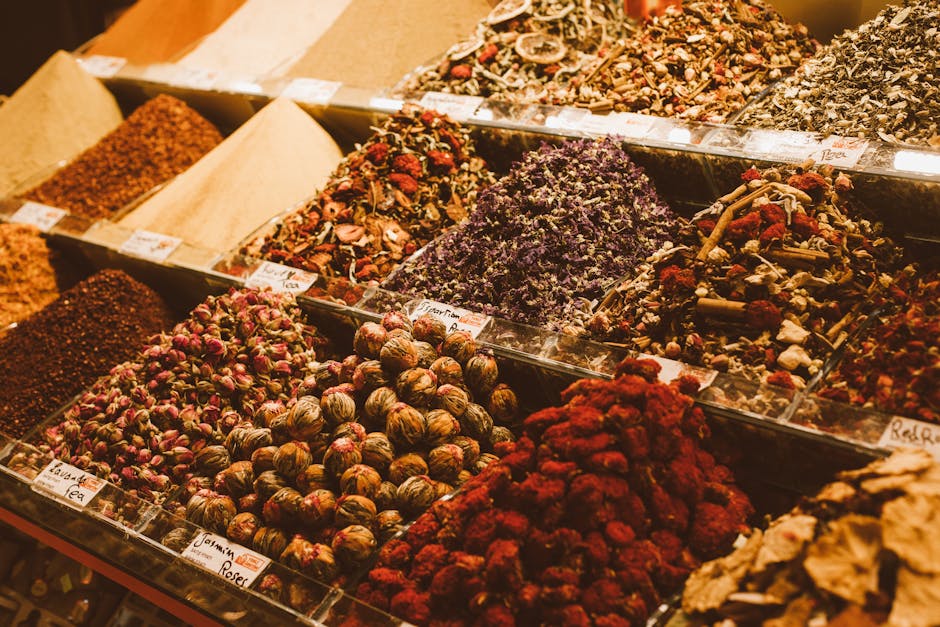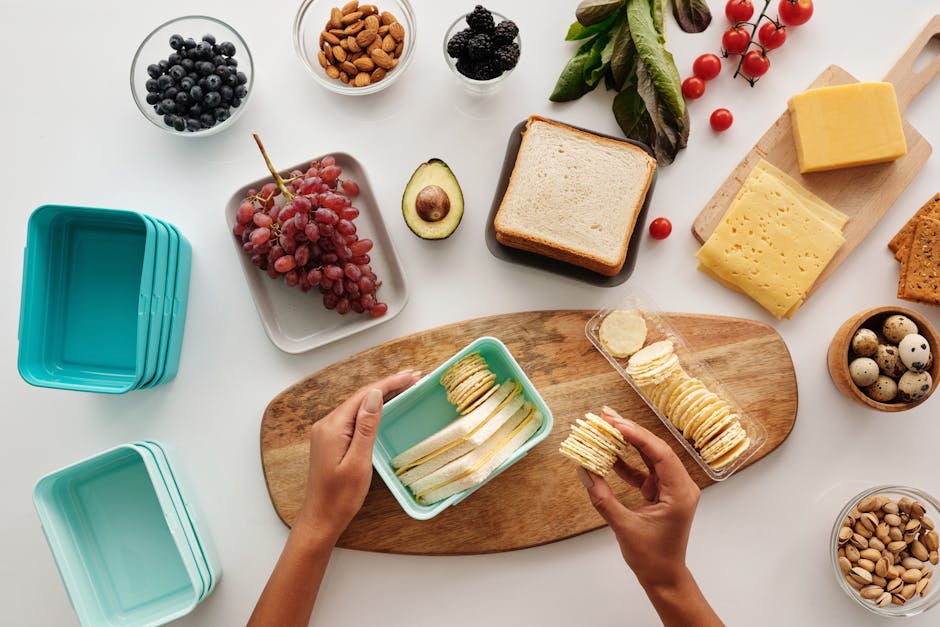When it comes to understanding the longevity and quality of products, two terms often come up: shelf life and warranty. These terms, while sometimes used interchangeably, have distinct meanings and implications for both consumers and manufacturers.
Shelf life refers to the period during which a product remains safe to use, effective, and retains its intended quality when stored under recommended conditions. This is particularly important for perishable goods, such as food and beverages, which can spoil or degrade over time. For example, Thrive Freeze dried foods boast an impressive shelf life of 5-25 years, making them an excellent choice for both everyday use and emergency preparedness.
On the other hand, a warranty is a guarantee provided by the manufacturer or seller that the product will perform as described for a certain period. If the product fails within this period, the consumer may be entitled to a repair, replacement, or refund. Warranties are common for durable goods like electronics and appliances, providing buyers with peace of mind and protection against defects.
Understanding the difference between shelf life and warranty is crucial for making informed purchasing decisions. While shelf life focuses on the quality and usability of a product over time, a warranty offers a safety net against potential defects or performance issues. By grasping these concepts, consumers can better evaluate products and maximize their value.
Check out our monthly specials for 30-50% off our high quality freeze dried products at thrivefreeze.com.
Understanding Shelf Life in Products

The concept of shelf life is pivotal when it comes to the storage and usability of various products, especially food items. Shelf life represents the time span during which a product remains usable, safe, and retains its intended quality under recommended storage conditions. This period can vary significantly depending on the type of product and its ingredients.
For food products, shelf life is influenced by several factors:
- Ingredients: Some ingredients have a naturally longer shelf life than others. For instance, freeze-dried fruits and vegetables can last for years, whereas fresh produce may only last a few weeks.
- Packaging: The type of packaging can greatly affect shelf life. Airtight, moisture-proof containers help preserve the quality of the product by preventing exposure to air and humidity.
- Storage Conditions: Proper storage is crucial. Most products have specific temperature, humidity, and light conditions under which they should be stored to maximize shelf life. For example, many freeze-dried foods should be kept in a cool, dry place.
- Preservatives: The use of preservatives can extend the shelf life of certain products by inhibiting the growth of microorganisms that cause spoilage.
Understanding these factors helps consumers make smarter choices about purchasing and storing products. For instance, Thrive Freeze dried foods are designed with a long shelf life in mind, utilizing optimal packaging and storage recommendations to ensure they remain fresh and nutritious for years. This makes them an excellent option for those looking to stock up on essentials without frequent trips to the grocery store.
Being aware of shelf life not only helps in reducing waste but also ensures that you are consuming products at their peak quality, providing the best possible nutritional and safety benefits.
Defining Warranty and Its Importance
A warranty is a promise made by a manufacturer or seller regarding the condition of a product and their commitment to repair or replace it if necessary within a specified period. This assurance plays a crucial role in consumer protection, giving buyers confidence in the quality and durability of their purchases.
There are different types of warranties that consumers should be aware of:
- Manufacturer’s Warranty: This is typically provided by the product’s manufacturer and covers defects in materials and workmanship. For instance, a one-year warranty on a kitchen appliance means that any malfunctions due to production defects will be addressed by the manufacturer within that year.
- Extended Warranty: Also known as a service contract, this warranty extends the period of coverage beyond the standard manufacturer’s warranty. These are often purchased separately and can provide additional peace of mind for high-value items.
- Implied Warranty: These are unwritten guarantees that a product will meet certain standards of quality and performance. For example, when you buy a bag of freeze-dried fruits, there is an implied warranty that it is safe to consume and fit for eating.
Warranties are important for several reasons:
- Consumer Confidence: Knowing that a product is backed by a warranty can boost consumer confidence, making them more likely to make a purchase.
- Risk Mitigation: Warranties mitigate the risk associated with buying a new product. If it fails or has defects, the consumer is assured that it will be repaired or replaced without additional costs.
- Product Quality: A comprehensive warranty often indicates a company’s belief in the quality and durability of their product. This can be particularly reassuring when purchasing expensive or critical items.
In the context of food products, a warranty might not be as common, but understanding the concept can still be valuable. For instance, knowing that Thrive Freeze dried foods are created with high standards and backed by a satisfaction guarantee can reassure consumers about their purchase decisions.
Differences Between Shelf Life and Warranty

Understanding the differences between shelf life and warranty is essential for consumers to make informed decisions about their purchases and how they use products. Though both terms relate to the longevity and reliability of a product, they address different aspects.
Shelf life refers to the period during which a product remains usable, fit for consumption, or retains its intended quality under specified storage conditions. For example, the shelf life of Thrive Freeze dried foods can range from 5 to 25 years, ensuring that they remain fresh and nutritionally valuable over a long period. Shelf life is particularly relevant for perishable items like food, medications, and cosmetics where spoilage or degradation can occur.
Warranty, on the other hand, is a manufacturer’s or seller’s promise to repair or replace a product if it fails to meet certain quality standards within a specified time frame. Unlike shelf life, which pertains to the product’s usability and quality over time, a warranty is more about protection against defects and malfunctions. For instance, an appliance may have a one-year warranty that covers any mechanical failures but might have a shelf life—or expected functional life—of several years.
Here are some key differences:
- Scope: Shelf life deals with the duration a product remains effective and safe to use, while a warranty covers the repair or replacement of defective products within a set time.
- Applicability: Shelf life is crucial for consumables and items prone to degradation, whereas warranties are more common for durable goods like electronics and appliances.
- Time Frame: Shelf life is often measured in years and can range widely depending on the product, while warranties are usually limited to a shorter period, such as months or a few years.
- Responsibility: Shelf life is determined by the product’s inherent characteristics and storage conditions, while a warranty is a commitment from the manufacturer or seller to address any defects or failures.
By understanding these distinctions, consumers can better manage their expectations and responsibilities regarding product care and usage. Whether you are stocking up on long-lasting Thrive Freeze dried foods or purchasing a new kitchen appliance, knowing the difference between shelf life and warranty can help you make more informed and confident choices.
How Shelf Life Impacts Product Quality

The concept of shelf life is crucial in determining the quality and safety of a product over time. Understanding how shelf life impacts product quality helps consumers make informed choices and ensures that they get the best value and performance from their purchases.
Shelf life directly affects the freshness, taste, and nutritional value of consumable products. For example, foods like those from Thrive Freeze have been specifically designed to maintain their quality over extended periods. With a shelf life ranging from 5 to 25 years, these freeze-dried foods retain their flavor, texture, and nutritional benefits, making them ideal for long-term storage and emergency preparedness.
As products approach the end of their shelf life, several quality parameters can deteriorate:
- Flavor and Aroma: Over time, the volatile compounds responsible for a product’s flavor and aroma may break down or dissipate, leading to a less enjoyable consumption experience.
- Texture: Physical changes, such as staleness in bread or sogginess in snacks, can occur, affecting the product’s texture and overall appeal.
- Nutritional Value: Essential nutrients, such as vitamins and minerals, can degrade over time, reducing the health benefits of the product.
- Safety: Microbial growth can be a concern, particularly in perishable items. Proper storage conditions can mitigate this risk, but products past their shelf life may pose health hazards.
Proper storage conditions, such as keeping items in a cool, dry place, can help extend the shelf life and maintain the quality of products. For instance, Thrive Freeze dried foods are packaged to withstand various environmental factors, ensuring they remain safe and high-quality for years.
Consumers should always check the expiration or best-before dates and adhere to recommended storage guidelines to maximize product quality and safety. By understanding the impact of shelf life on product quality, you can ensure that your pantry is stocked with items that are not only long-lasting but also retain their intended benefits.
Maximizing Shelf Life Using Thrive Freeze Products

Maximizing the shelf life of your food products is essential for reducing waste, saving money, and ensuring that you have reliable, high-quality ingredients on hand when needed. Thrive Freeze products offer an exceptional solution to achieving these goals. With their extensive range of freeze-dried foods, you can enjoy the benefits of long shelf life while maintaining the quality and nutritional value of your pantry staples.
Here are some key strategies to maximize the shelf life of your Thrive Freeze products:
- Proper Storage: Store your freeze-dried foods in a cool, dry place away from direct sunlight. Temperature fluctuations can affect the integrity of the packaging and the food inside.
- Airtight Packaging: Thrive Freeze products come in airtight, moisture-resistant containers that protect the food from environmental factors. Ensure these containers are sealed properly after each use to maintain the product’s shelf life.
- Rotation System: Implement a first-in, first-out (FIFO) system for your food storage. This means using the oldest products first to ensure nothing goes to waste.
- Monitoring: Regularly check the condition of your stored products. Look for any signs of damage or spoilage and address them promptly.
By following these guidelines, you can ensure that your Thrive Freeze products remain fresh and ready for use whenever you need them. This not only enhances your food security but also provides you with high-quality ingredients that are just as good, if not better, than their fresh counterparts.
Ready to optimize your food storage? Check out our monthly specials for 30-50% off our high quality freeze dried products and start maximizing your shelf life today!


